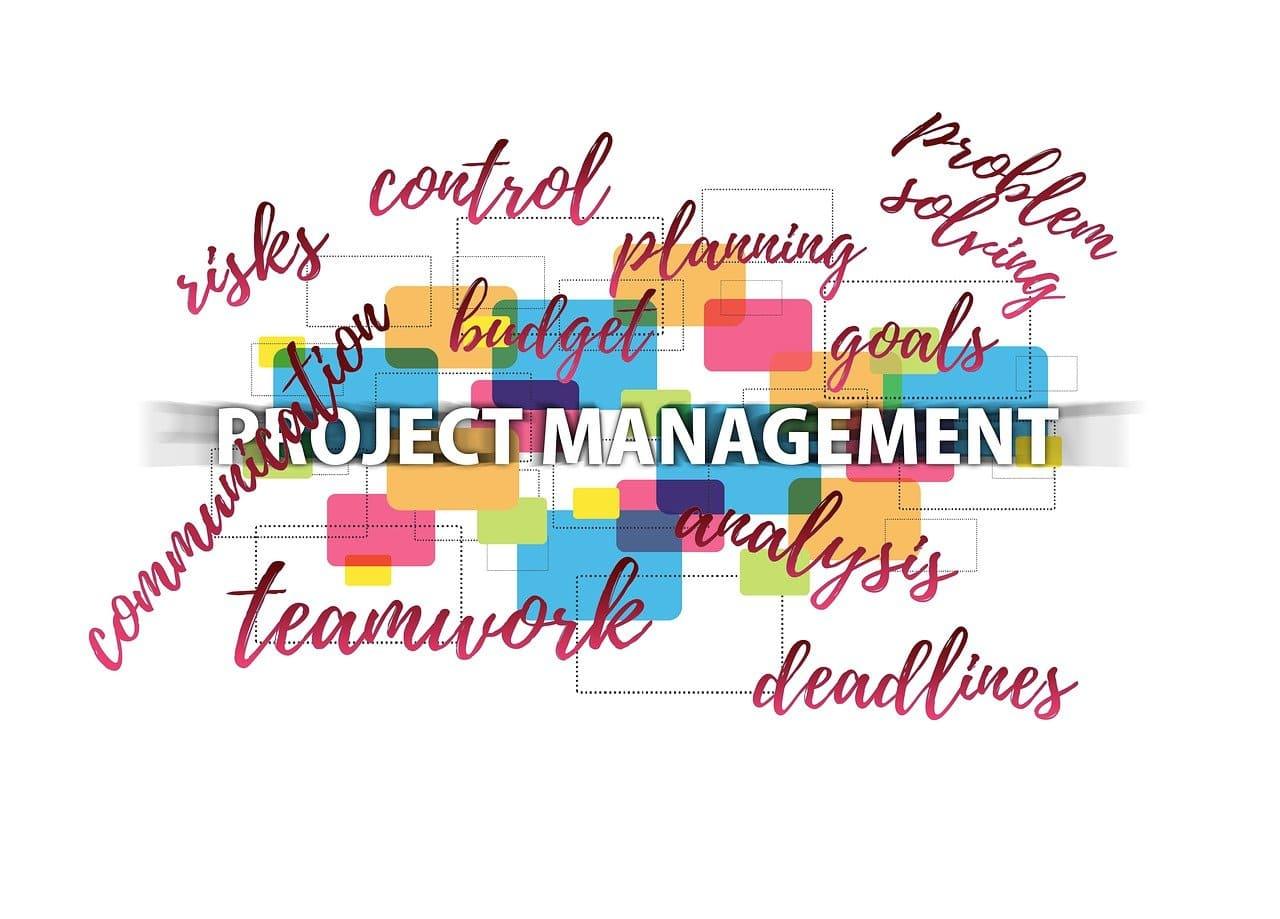
What Is A Product Backlog In Agile Project Management?
2 min read
Product backlog (also called backlog) is a prioritized list of all the work that is planned to be delivered as part of the project or product development. As the scope and the requirements can constantly change in agile projects, the product backlog is a dynamic artifact that evolves according to the changing project requirements, project environment, market conditions or other aspects.
Product Backlog Overview
Product backlog is the single source that the work is managed and controlled and therefore, it is the heart of agile project management.
Whatever work that is planned to be performed for an agile project will be listed on the product backlog and each work item will be ranked according to their business priority to ensure that the agile team always works on the most important and valuable work first.
In the product backlog, all the remaining work items that is planned to be delivered throughout the project and they are all ranked based on their priority so that the agile team knows what to work on first on the next iteration.
What Is A User Story (Product Backlog Item)
Each work item that is listed on the product backlog—such as the new feature to be added or a defect fix—is called a product backlog item (PBI). PBIs can be described in a variety of formats across different projects, in which the “user stories” are the most common. Each user story has a priority and a size (which is a relative measure of the effort it takes to complete the user story).
Even though there may be numerous user stories in the product backlog, this does not mean that all of them will be completed. As the project progresses, if the conditions change, the product backlog will also change accordingly. A user story may be taken out if it is not going to provide any business value and/or new user stories may be added. The product backlog needs to be continuously managed throughout the product development in order to maximize the business value.
How To Manage The Product Backlog
As the agile projects are change-driven, there is no need to try adding all the work items in the product backlog at the start of the project, which is unlike the case for most predictive projects. As the project evolves, the product backlog will evolve according to the changing conditions. The user stories will be detailed in a just-in-time fashion just enough to ensure that the work to be started soon have all the necessary details. As the low ranked user stories are not going to be started in the near-term, why waste time detailing the scope and requirements a work item that may need to be changed or even removed later on. However, late detailing of a user story would also result in delayed work, as the agile team is not going to be start working on a user story without having any details about the work. When detailing the user stories, proper timing is essential.
PMP And CAPM Exam Tips On Product Backlog
Agile project management is 50% of the PMP exam and the CAPM exam and "backlog" is the heart of agile project management. For that reason, test takers should be well familiar with the backlog, the elements of the backlog and how to manage a product backlog.

